#central Africa
Explore tagged Tumblr posts
Text
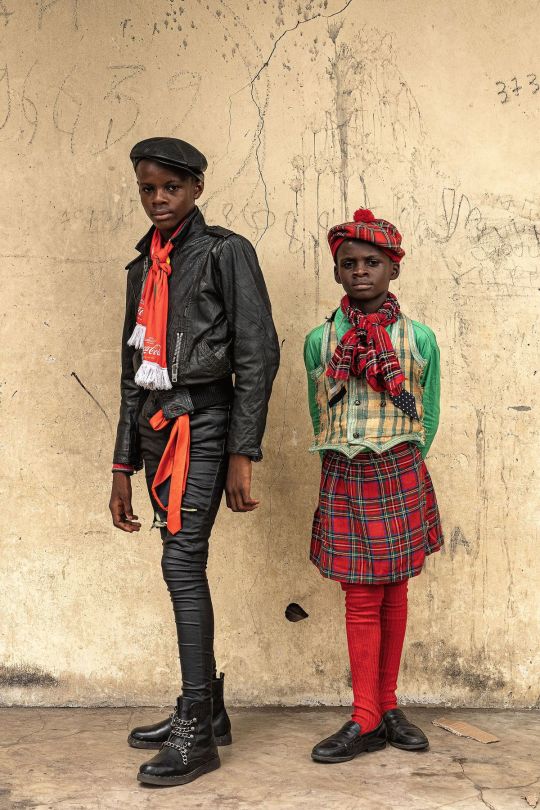
Sapeur boys, Republic of the Congo, by Tariq Zaidi
2K notes
·
View notes
Text

IG : Caroline.manya
#africanbeauty#caroline manya#african princess#african beauty#soft black girls#beautiful black women#black woman aesthetic#black girl luxury#black woman femininity#feminine aesthetic#central africa#congolese#black girl#black woman in luxury#black girl tumblr#black women in luxury#cheekbones#blasian#soft feminine black women#black girl magic#black beauty#beauty standards#black women#classy black women
856 notes
·
View notes
Text

Woman from Central Africa
French vintage postcard
#central#sepia#africa#photography#vintage#postkaart#ansichtskarte#ephemera#carte postale#postcard#woman#postal#briefkaart#photo#tarjeta#central africa#historic#french#postkarte
952 notes
·
View notes
Note
Mayst I request chapin's free-tailed bat? :}
Of course! It was a little hard to find good photos, but what a silly looking guy! I wanted to make sure I got a picture in of the male's interesting hair.


The first photo is of a male, and the second is of a female I believe :)
#central africa#southern africa#african wildlife#bat#bats#Chapin's free-tailed bat#insectivorous bats#animal polls#poll blog#my polls#animals#polls#tumblr polls#mammalia#chiroptera
96 notes
·
View notes
Text

133 notes
·
View notes
Text


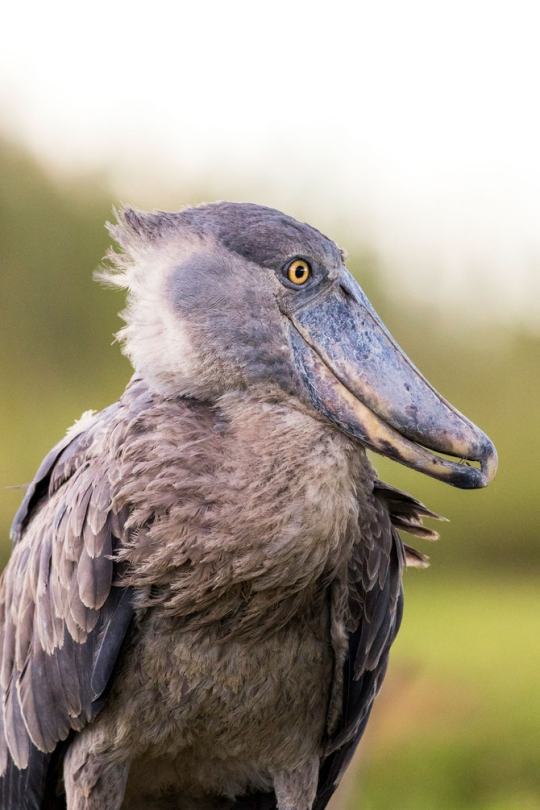
A Shoo-in Shoebill Stork
The shoebill stork, also known as the whalebill stork or Balaeniceps rex is in fact not a stork at all, but a long-legged wading bird belonging to the family Pelecaniformes. This species can be found in the central African tropics, from southern Sudan to northern Tanzania. Within this range, they mainly inhabit freshwater swamps and dense marshes, particularly those with deep water large reed beds.
Balaeniceps rex is often referred to as a dinosaur among birds due to its fearsome appearance. The average individual stands 1.1-1.4 m (3.6-4.5 ft) tall and has a wingspan of 2.3 to 2.6 m (7.5 to 8.5 in). However, adults are quite light, weighing only 4 to 7 kg (8.8 to 15.4 lb). Males tend to be larger than females, but otherwise the two sexes look identical. Adults have dark grey plumage with a lighter belly and darker wings. Their most striking feature is their beak, which is extremely large and can be said to resemble a wooden show (hence the name).
The shoebill's beak is very useful for catching its primary prey: fish. B. rex consumes a variety of species, including lungfish, catfish, and tilapia, as well as non-fish items like water snakes, frogs, turtles, mollusks, and even young crocodiles. Shoebills typically stalk their prey, or stand perfectly still and wait for their prey to come to them, before quickly snatching it up and decapitating it with the sharp edges of their beaks. Because of their large size and strong bills, adults are seldom prey for other animals, and they defend their nests fiercely from predators like snakes and other birds.
Outside of the breeding season-- and even during it-- shoebills are extremely territorial. Not only do they chase potential predators away from their nests, both males and females will fiercely defend their territory from other shoebills.
Breeding begins in the dry season, typically in in May, and lasts until about October. Once a male and female form a pair, they remain together for the duration of the mating season. They build a nest from floating vegetation, and 1-3 eggs are cared for by both parents; in addition to being incubated for warmth, one parent may also occasionally pour a beak-full of water over the eggs to keep them cool during the hot summer day. The eggs hatch about 30 days after being laid, and young are fed continuously-- though usually only one chick survives to adulthood. At 125 days old they become fully independent and leave to establish their own territories. The average individual can live up to 35 years in the wild.
Conservation status: The IUCN lists the whalebill stork as Vulnerable. Current wild population estimates sit at about 5,000-8,000 individuals. Primary threats include poaching for the zoo trade and consumption, habitat destruction, and pollution.
If you like what I do, consider leaving a tip or buying me a kofi!
Photos
Santiago Caballero Carrera
George Amato
Mana Meadows
#shoebill stork#Pelecaniformes#Balaenicipitidae#wading birds#birds#wetlands#wetland birds#freshwater fauna#freshwater birds#africa#central africa#animal facts#biology#zoology#ecology
168 notes
·
View notes
Text
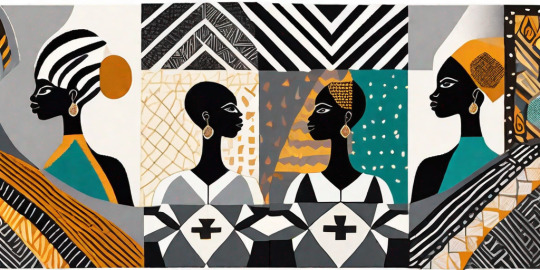
Bakongo spiritual protections influenced African American yard decorations. In Central Africa, Bantu-Kongo people decorated their yards and entrances to doorways with baskets and broken shiny items to protect from evil spirits and thieves.

This practice is the origin of the bottle tree in Hoodoo. Throughout the American South in African American neighborhoods, there are some houses that have bottle trees and baskets placed at entrances to doorways for spiritual protection against conjure and evil spirits.
In addition, nkisi culture influenced jar container magic. An African American man in North Carolina buried a jar under the steps with water and string in it for protection. If someone conjured him the string would turn into a snake. The man interviewed called it inkabera

#inkabera#nkisi#hoodoo#african american#african traditional religions#kongo#bantu#central africa#north carolina#bottles#african#afrakan#kemetic dreams#africans#brownskin#afrakans#african culture#afrakan spirituality#glass#dishware#wood#glassware#hearts
236 notes
·
View notes
Text









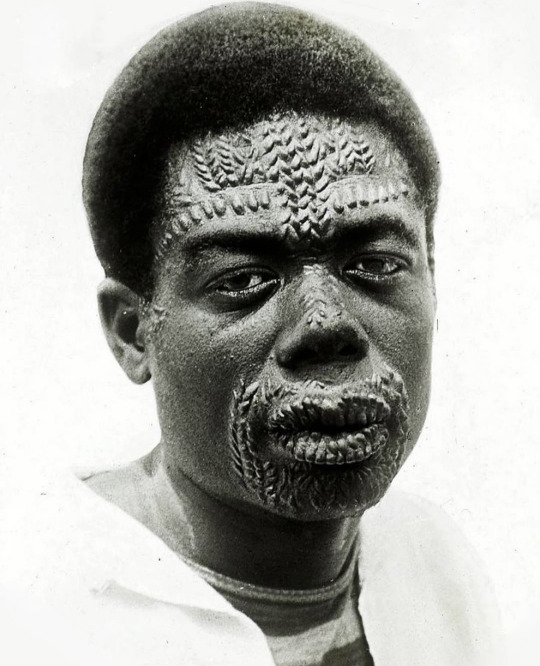
The Congo Basin is in located in what is known as Central Africa, in the region west equatorial Africa. Before colonialization and still till this day scarification was practiced. The Congo holds some of the worlds most complex scarification methods and designs. The Body modification process is usually just talked of as a way to show ones beauty and to eroticize. However it also had to with ones place in society, it dealt with memory. It showed social process how people navigation through their community, their affliction. The marks indicated social rank , social status, or martial status. Marks showed if a person with a womb have given child birth. The marks could also be an indicator of a membership in a male or female secret initiatory society. If a person refused to participate in this process of marking, their life would face difficulties and it would be hard for them to participate in social life.
Source for text : The Etribal
1 - Central Africa, Democratic Republic of the Congo, Lega peoples, ca. early to mid-20th century CE.
2 - Lega woman with facial scarification and elaborate hairstyle, Kabila village, Congo (Democratic Republic), by Eliot Elisofon August 18, 1959 to December 20, 1959.
3 - Old mask - Metal, Wood - Ngbandi, Ngbaka - Democratic Republic of Congo Early / Mid 20th Century
4 - Man of M’Bouaka in Province de l'Equateur. Parmi les M'Bouaka by Casimir Zagourski 1924-1941.
5 - Democratic Republic of the Congo; Luba artist, Attributed to the workshop of the Master of Mulongo, Headrest, Mid-late 19th century. Shot by Franko Khoury.
6 - Illustration of a Baluba negroes from Abiangi
7 - Luba figurine 1909; 1909.29.1
8 - Tabwa artist, Democratic Republic of the Congo, scarification. Photo court. Photographer unknown.
9 - Ubangi region, Congo, Ngbaka. Mask, 19th century. Wood,
10 - Belgian Congo man, 1900-1915. Photographer unknown
#Congo basin#central africa#Congo#Democratic Republic of the Congo#lega#scarification#Kabila#Eliot Elisofon August#Ngbandi#Ngbaka#M’Bouaka#Casimir Zagourski#Abiangi#Baluba#africa#mask#black hair#belovedbluv#mine
21 notes
·
View notes
Text



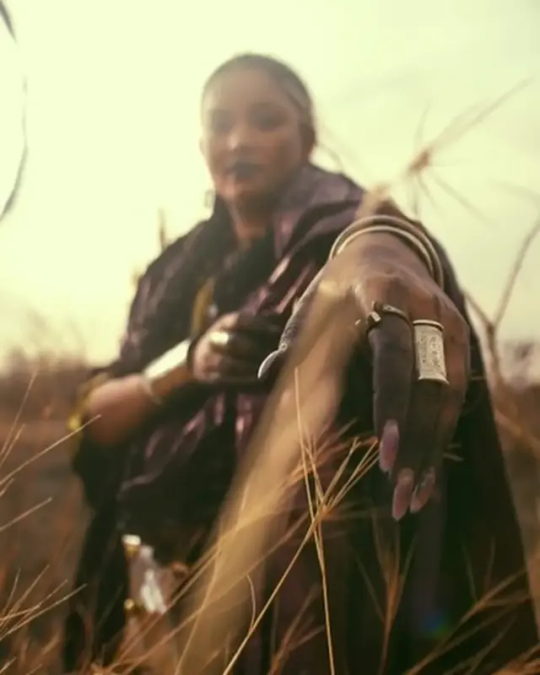

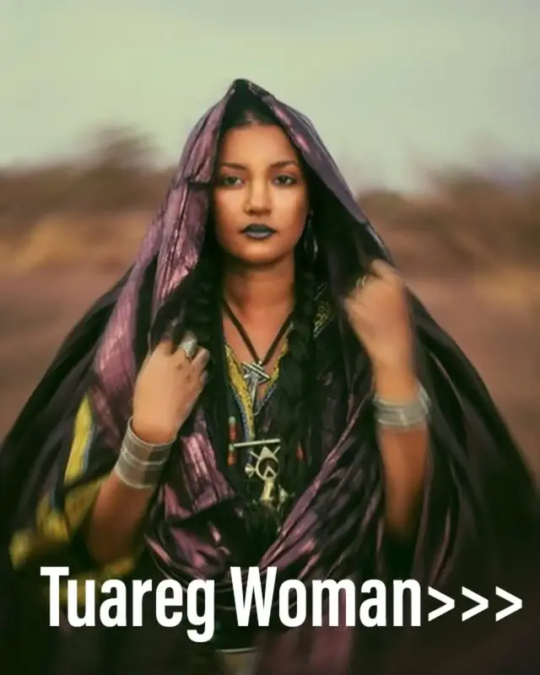
Beautiful Mali woman from the Tuareg tribe🖤
#tuareg#mali#malian#exotic beauty#beautiful#african#beautiful hair#foreign#beautiful model#east african women#east africa#exotic#african women#west africa#central africa#south africa#tribe#tribal#travel
18 notes
·
View notes
Text
At least 773 people were killed in eastern Congo's largest city of Goma and its vicinity this week amid fighting with Rwanda-backed rebels who captured the city in a major escalation of a decadelong conflict, Congolese authorities said Saturday. The rebels' advance into other areas was slowed by a weakened military that recovered some villages from them. Authorities confirmed 773 bodies and 2,880 injured persons in Goma's morgues and hospitals, Congolese government spokesperson Patrick Muyaya told a briefing in the capital, Kinshasa, adding that the death toll could be higher.
Continue Reading.
13 notes
·
View notes
Text

Burundian man, Burundi, by SWagg pictures photography
435 notes
·
View notes
Text

By Jorge Sá Pinheiro
Morro da Luan, Luanda, Angola
#curators on tumblr#angola#africa#landscape#travel#nature#luanda#morro da luan#jorge sa pinheiro#central africa
31 notes
·
View notes
Text

Man from Central Africa
Belgian vintage postcard
#tarjeta#postkaart#sepia#carte postale#belgian#ansichtskarte#africa#briefkaart#photo#photography#postal#postkarte#central africa#vintage#central#postcard#historic#ephemera
12 notes
·
View notes
Text
Democratic Republic of Congo 🇨🇩
It was a Congolese doctor who actually discovered the Ebola virus, but his work is often forgotten and miscredited, as is the work of many other African doctors. His name is Jean-Jacques Muyembe, and you can read about him here

#it feels important to me that the achievements and hard work of the people on my continent are recognised#but they hardly ever are#it’s a little bittersweet#there’s so much that most people don’t even know about that I don’t know where to start to be honest#geography facts#history facts#medicine#Africa#dr congo#Congo#central Africa#🇨🇩#random facts#extraordinary man btw
9 notes
·
View notes
Text
7 notes
·
View notes
Text
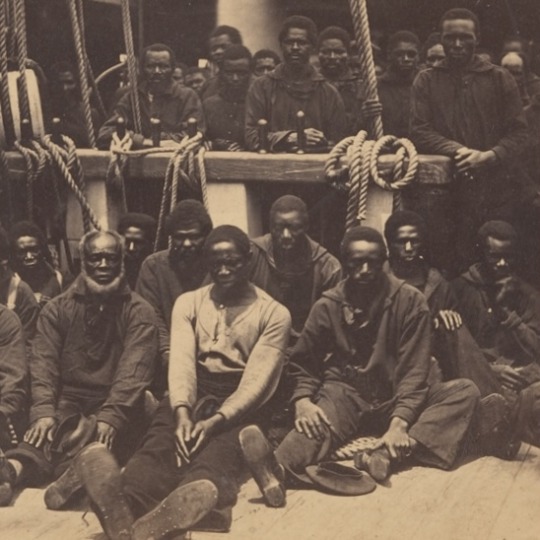
Historians from Southern Illinois University in the Africana Studies Department documented about 20 title words from the Kikongo language are in the Gullah language. These title words indicate continued African traditions in Hoodoo and conjure. The title words are spiritual in meaning. In Central Africa, spiritual priests and spiritual healers are called Nganga.
In the South Carolina Lowcountry among Gullah people a male conjurer is called Nganga. Some Kikongo words have a "N" or "M" in the beginning of the word. However, when Bantu-Kongo people were enslaved in South Carolina the letters N and M were dropped from some of the title names. For example, in Central Africa the word to refer to spiritual mothers is Mama Mbondo. In the South Carolina Lowcountry in African American communities the word for a spiritual mother is Mama Bondo. In addition during slavery, it was documented there was a Kikongo speaking slave community in Charleston, South Carolina
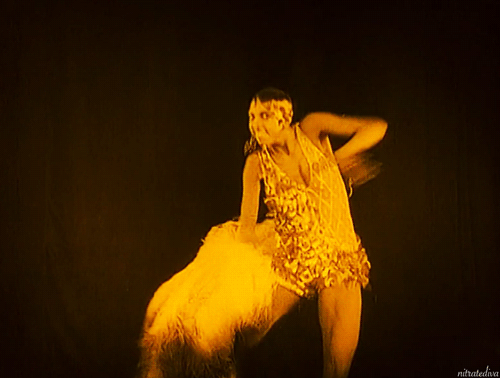
#nganga#mama mbondo#slave community#charlestonch#charleston south carolina#afrakan#kemetic dreams#africans#african#brownskin#brown skin#afrakans#african culture#afrakan spirituality#central africa#kikongo language#gullah#gullah geechee#gullah gullah island
96 notes
·
View notes